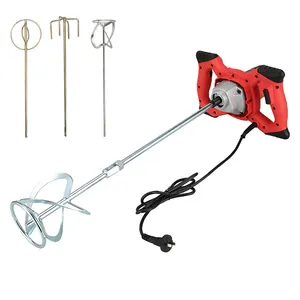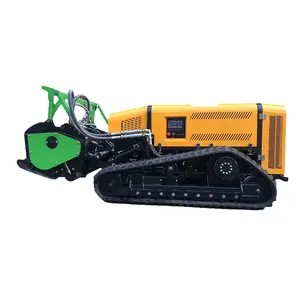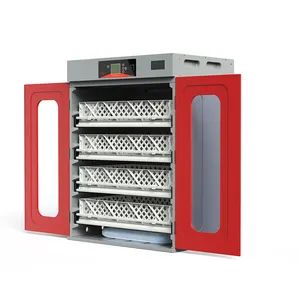Popular in your industry









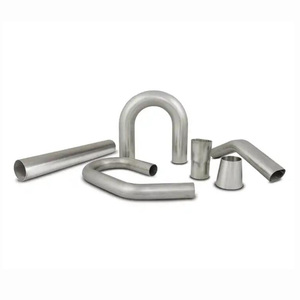




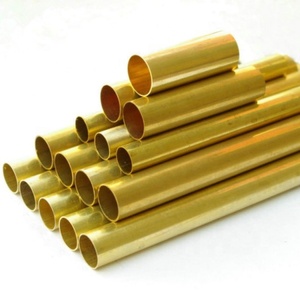

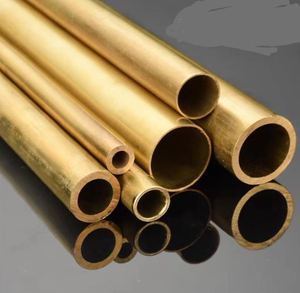
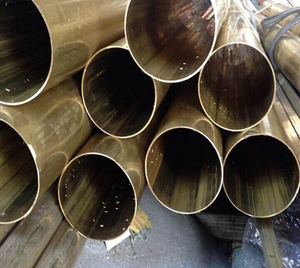





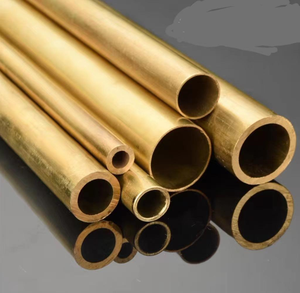






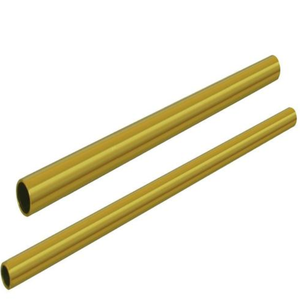

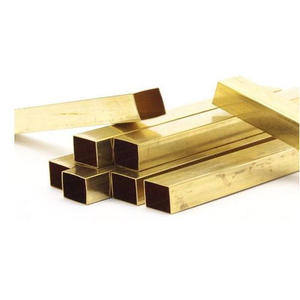










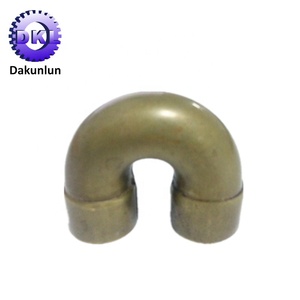






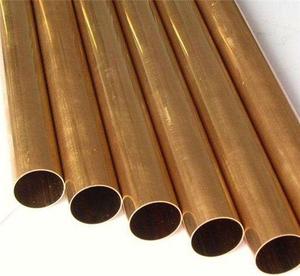

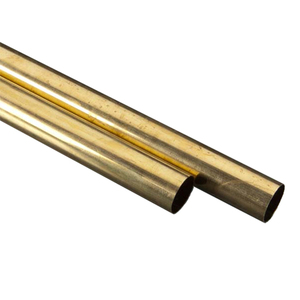









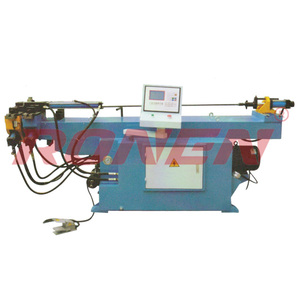
Related Searches:
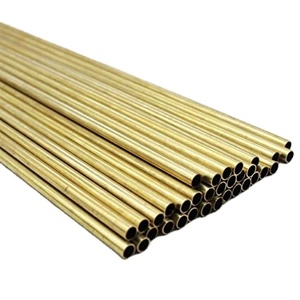
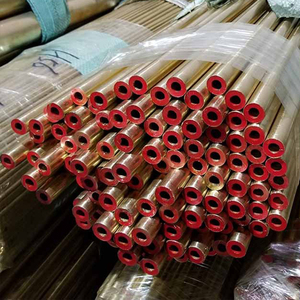


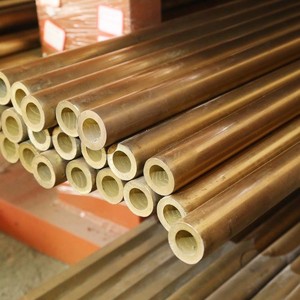
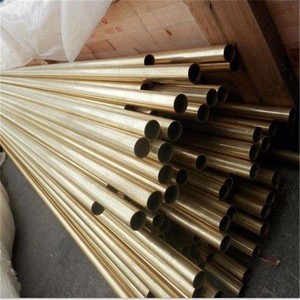

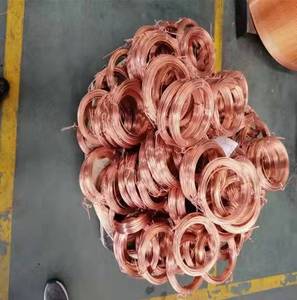
















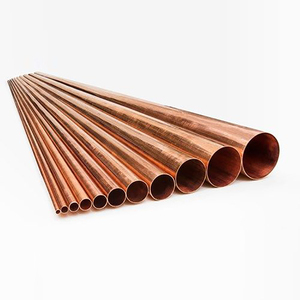

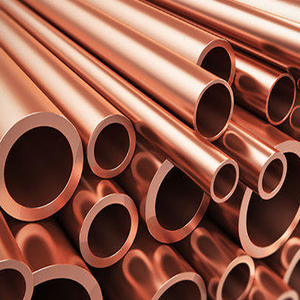




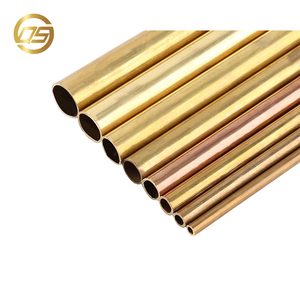
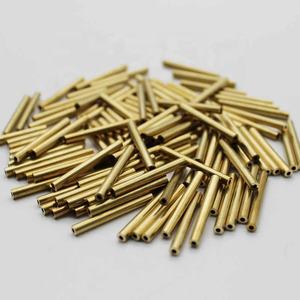












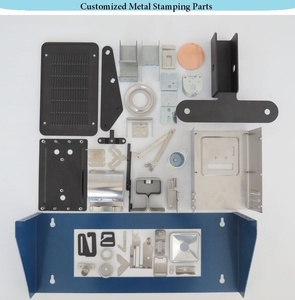


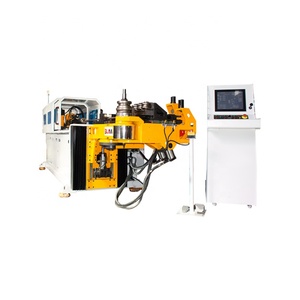


















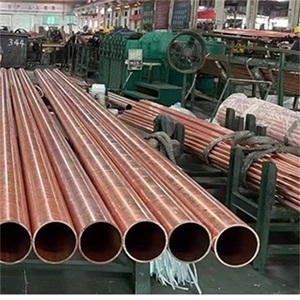

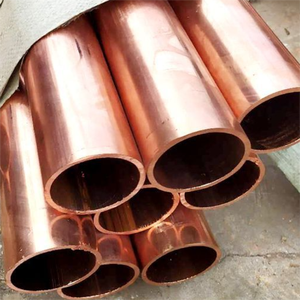
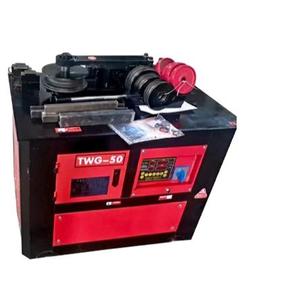


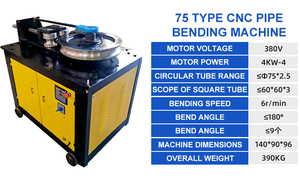

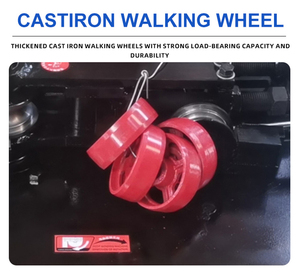













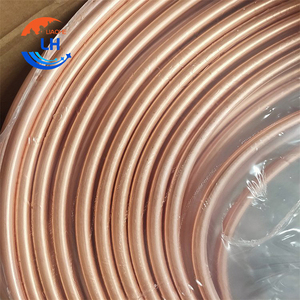


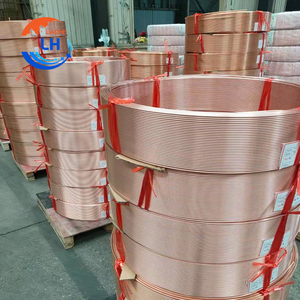
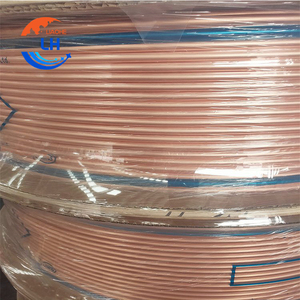


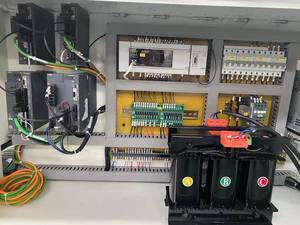
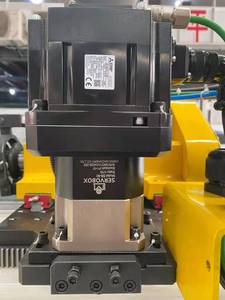







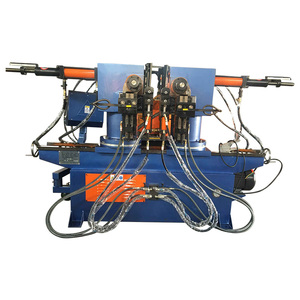


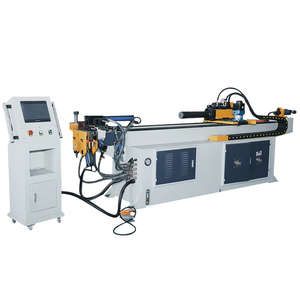




Top categories
About brass tube bending
Introduction to Brass Tube Bending
Brass tube bending is a specialized process that involves shaping brass tubes into various forms and angles. This technique is widely used in industries such as automotive, plumbing, and HVAC for creating custom components. By utilizing precision machinery, brass tube bending allows for the production of complex shapes with high accuracy.
Types of Brass Tube Bending Equipment
When it comes to brass tube bending, there are several types of equipment that can be used. One common machine is the CNC tube bender, which offers automated control and precise bending capabilities. Mandrel tube benders are another option, providing support to prevent tube deformation during bending. Additionally, roll benders can be used for creating larger radius bends in brass tubes.
Technical Aspects of Brass Tube Bending
Brass tube bending involves various technical considerations to ensure optimal results. The diameter of the tube, wall thickness, and bend radius are critical factors that impact the bending process. It is essential to choose the right tooling and bending parameters based on the specific requirements of the project. Additionally, understanding the spring-back characteristics of brass is crucial for achieving accurate bends.
Advantages of Brass Tube Bending
There are several advantages to using brass tube bending in manufacturing processes. One key benefit is the ability to create complex shapes and designs that would be challenging or impossible with other methods. Brass is also known for its durability and corrosion resistance, making it an ideal material for various applications. Furthermore, brass tube bending allows for cost-effective production of custom components.
Applications of Brass Tube Bending
Brass tube bending finds applications in a wide range of industries, including automotive, aerospace, and furniture manufacturing. In the automotive sector, brass tubes are used in exhaust systems, hydraulic lines, and heat exchangers. In aerospace, brass tube bending is essential for creating precision components for aircraft and spacecraft. The furniture industry utilizes brass tubes for decorative and structural purposes.
Choosing the Right Brass Tube Bending Machine
When selecting a brass tube bending machine, several factors need to be considered to ensure optimal performance. The machine's bending capacity, maximum tube size, and bending speed are critical parameters to evaluate. It is also essential to assess the machine's control system and software capabilities for efficient operation. Additionally, considering the level of automation and tooling options can help streamline the bending process.
Maintenance of Brass Tube Bending Equipment
Proper maintenance of brass tube bending equipment is essential to ensure longevity and consistent performance. Regular inspection of machine components such as clamps, mandrels, and bending dies is necessary to identify wear and tear. Lubrication of moving parts and calibration of bending parameters should be conducted at recommended intervals. Keeping the work area clean and free of debris can also prevent damage to the equipment.
Enhancing Efficiency in Brass Tube Bending
To enhance efficiency in brass tube bending processes, implementing best practices is crucial. Utilizing CAD software for designing bend profiles can help optimize material usage and reduce waste. Employing skilled operators with training in tube bending techniques can enhance productivity and quality. Additionally, integrating robotic automation for material handling and bending operations can streamline production workflows.
Future Trends in Brass Tube Bending
The future of brass tube bending is likely to be influenced by advancements in technology and materials. Industry 4.0 initiatives, such as IoT-enabled equipment and data analytics, are expected to enhance process control and monitoring in tube bending operations. The development of advanced alloys with improved formability and strength characteristics may expand the possibilities for brass tube bending applications. Overall, continuous innovation and integration of smart solutions are set to shape the future of the brass tube bending industry.

